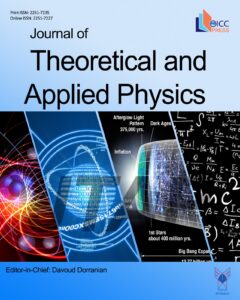Cold atmospheric argon plasma jet source and its application for bacterial inactivation
Authors
Abstract
AbstractIn this work, the efficiency of inactivation of a cold argon plasma jet at atmospheric pressure (APPJ) on the basis of a low-current spark discharge into microorganisms with different characteristics of the cell walls was evaluated. Gram-negative bacteria Escherichia coli M17, gram-positive bacteria Bacillus subtilis 534 and Bacillus cereus IP 5832, and the yeast Saccharomyces cerevisiae were seeded on cultured Petri dishes. A plasma jet with an average power of 0.85 W and a flow rate of argon of 6.7 l/min was directed perpendicular to the Petri dishes with agar. The distance to the agar varied from 0.5 to 3 cm, and the treatment time varied from 5 to 300 s. The efficiency of inactivation was assessed by measuring the area of inactivation zones (where there was no growth of microorganisms). It was shown that gram-negative bacteria E. coli M17 is most susceptible to exposure to the plasma jet, and gram-positive bacteria B. cereus IP 5832 and yeast S. cerevisiae are most stable. It is established that an increase in the treatment time of plasma jets of a low-current spark allows effective inactivation of microorganisms over a much larger area.



